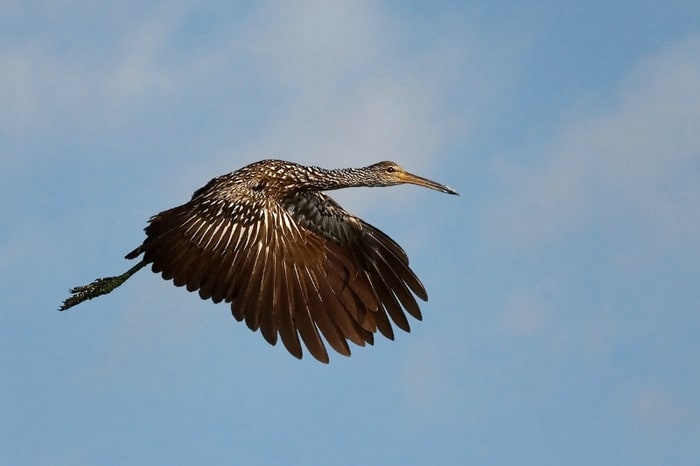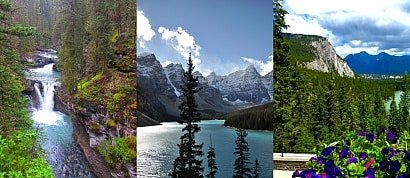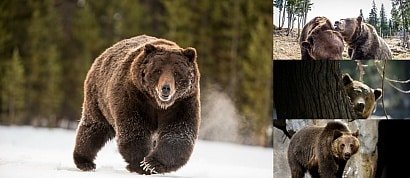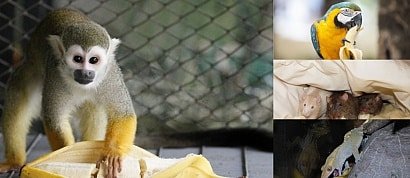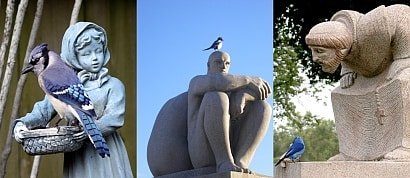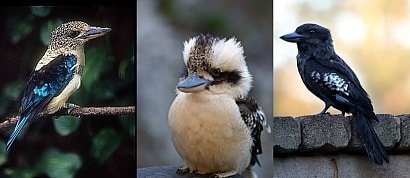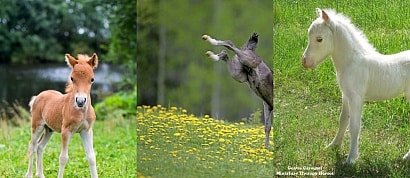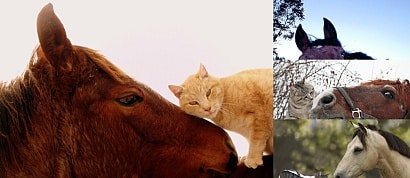A list of my favorite images of limpkins.
en.wikipedia.org/wiki/Limpkin
The limpkin (Aramus guarauna), also called carrao, courlan and crying bird, is a bird that looks like a large rail but is skeletally closer to cranes.
It is the only extant species in the genus Aramus and the family Aramidae.
It is found mostly in wetlands in warm parts of the Americas, from Florida to northern Argentina. It feeds on molluscs, with the diet dominated by apple snails of the genus Pomacea. Its name derives from its seeming limp when it walks.
The limpkin is a somewhat large bird, 64–73 cm (25–29 in) long, with a wingspan of 101–107 cm (40–42 in).
Body mass ranges from 900 to 1,300 g (2.0 to 2.9 lb), averaging 1,080 g (2.38 lb). The males are slightly larger than the females in size, but no difference in plumage is seen.
Its plumage is drab - dark brown with an olive luster above. The feathers of the head, neck, wing coverts and much of the back and underparts (except the rear) are marked with white, making the body look streaked and the head and neck light gray. It has long, dark-gray legs and a long neck.
Its bill is long, heavy and downcurved, yellowish bill with a darker tip. The bill is slightly open near but not at the end to give it a tweezers-like action in removing snails from their shells and in many individuals the tip curves slightly to the right, like the apple snails' shells.
The white markings are slightly less conspicuous in first-year birds. Its wings are broad and rounded and its tail is short. It is often confused with the immature American white ibis.
This bird is easier to hear than see. Its common vocalization is a loud wild wail or scream with some rattling quality, represented as "kwEEEeeer or klAAAar." This call is most often given at night and at dawn and dusk. Other calls include "wooden clicking", clucks and in alarm, a "piercing bihk, bihk..."
The limpkin occurs from peninsular Florida (and formerly the Okefenokee Swamp in southern Georgia) and southern Mexico through the Caribbean and Central America to northern Argentina. In South America, it occurs widely east of the Andes; west of them its range extends only to the Equator.
It inhabits freshwater marshes and swamps, often with tall reeds, as well as mangroves. In the Caribbean, it also inhabits dry brushland. In Mexico and northern Central America, it occurs at altitudes up to 1,500 m (4,900 ft). In Florida, the distribution of apple snails is the best predictor of where limpkins can be found.
Added to
People who voted for this also voted for
Banff National Park, Alberta, Canada
Incredible Paintings by Russian Artist
Film Diary of 2023
National Geographic
Great Brazilian Jazz
Golden Age of Brazilian Music in Photos
Artist Vladimir Volegov (2011 year)
Elefanten!
ART | Victor Brauner
Es ist Zeit!
spread your wings
Cigarette Cards: Flag Girls (1910)
ART | Carl Larsson
TV Posters I Posted ~ 3+ Votes
Hand Fan - Movies
More lists from kathy
Animals in the Rain
Animals Eating Bananas
Birds On Statues
Penguin-shaped Food
Favorite Images of Kookaburras
Cute Baby Horses
Cats and Horses #2
 Login
Login
